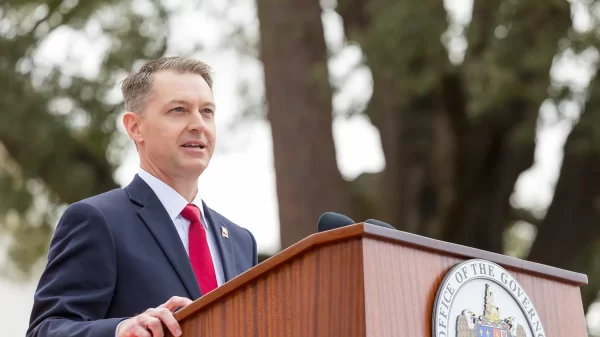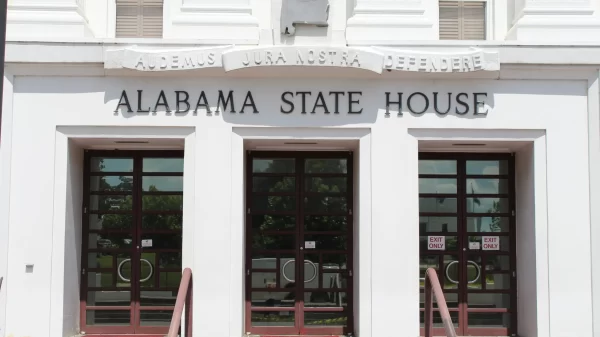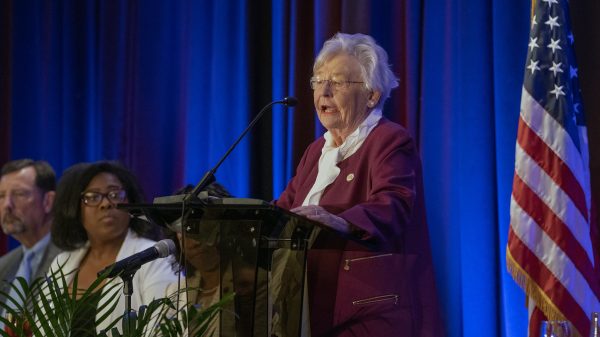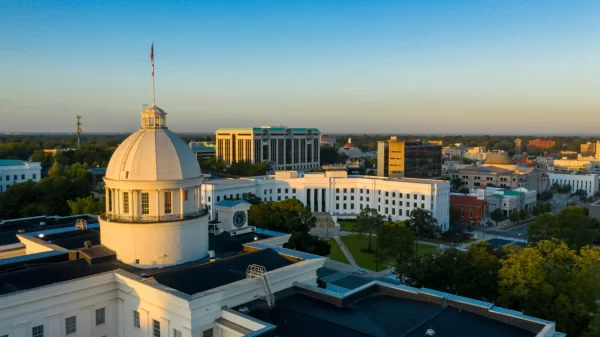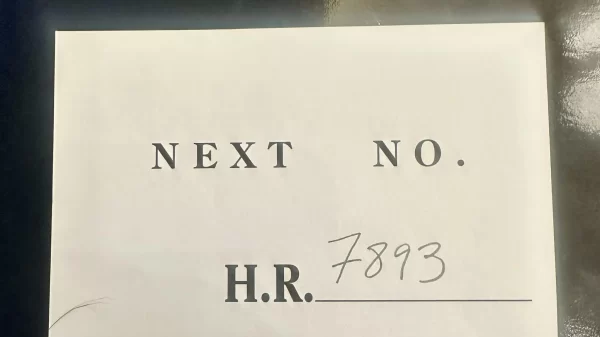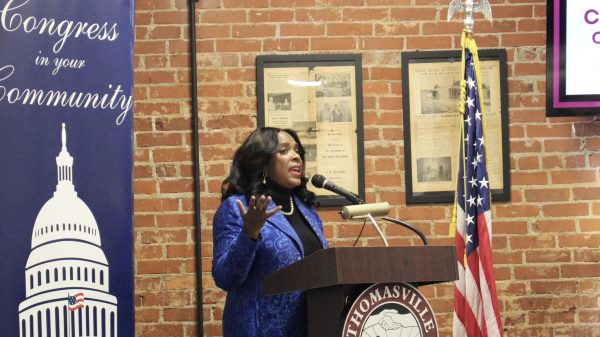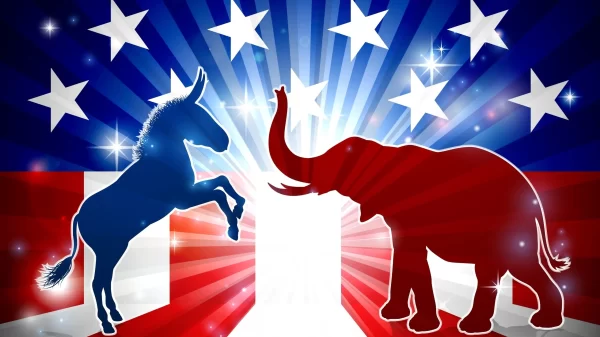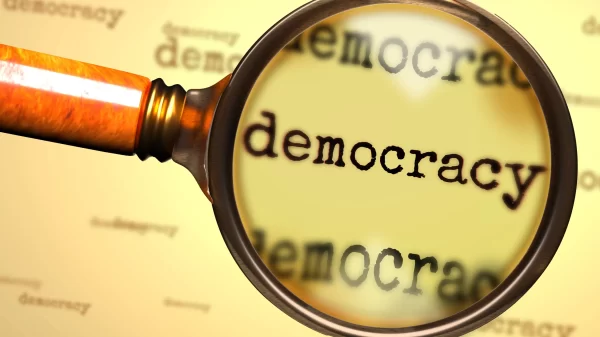By Byron Shehee
Alabama Political Reporter
MONTGOMERY – A report from the National Priorities Project (NPP) was recently released that highlighted the findings from an extensive investigation into how our tax dollars flow from our states into the federal government’s coffers. The report, “State Smart: Federal Funding in 50 States” details how the Federal government distributed our Nation’s tax dollars in each state from 2007 through 2013.
Becky Sweger, NPP’s Director of Data and Technology said, “Our business is making the Federal Budget understandable to regular people and one of the most important ways to do that is to put some geography in the mix to show people how money from the Federal Budget is coming to their states.”
Concerned taxpayers have to be grateful for their undertaking.
Far too often it seems people simply wonder how our tax dollars are distributed back to the states. Are funds distributed as a political “thank you” for towing the incumbent party’s line?
Fortunately, that’s not entirely the case.
As ambiguous or complex as it may seem, there are valid reasons as to how (or why) our tax dollars flow from a state, into the Federal coffers and then back to the states.
The short explanation is the Federal government has obligations that it has to meet.
Regularly those obligations are: to fund public assistance programs in a state, to make direct benefit payments to residents, to pay Federal employees, and to meet federal contracts in a state.
Of course, the total costs of those initiatives vary state-to-state.
The report further claimed, Federal programs are also “designed to deliver more benefits to those who need them the most. The federal budget is intended to serve the needs of the nation as a whole.”
Those expenditures are primarily based on: population, a state’s reliance on government assistance to alleviate poor socioeconomic conditions, maintaining our nation’s military bases, keeping our national parks and ports to standard, securing our nation’s border and providing economic development during an economic downturn to better stabilize the national economy, among other things.
Specific to stabilizing the national economy, the report’s data, which was compiled from examining Federal spending between 2007 and 2013, showed patterns in government funding were significantly impacted by the Great Recession. State Smart found during our country’s recent economic downturn (2007-2010) most states actually received an uptick in federal funds.
The report went on to say, even though “a properly functioning safety net clearly benefits those unfortunate enough to fall on hard times during an economic downturn, we all benefit from the stabilizing impact such Federal expenditures have on the overall economy.”
Although the author of the report may think that statement is truthful, conservatives and liberals still argue over accepting that belief as fact.
Many think states are to act as individual laboratories, choosing to make decisions based upon internal factors unique to that state. And that may well be the case on some level, but it’s fair to say the labs are already given certain Federal hurdles that affect how each state financially operates.
For example, Alabama receives roughly $58 billion dollars from the federal government a year, between Federal grants, maintaining federal contracts, making direct federal assistance to residents, and meeting Federal employees’ pay. In comparison, Georgia receives about $91 billion dollars, while Mississippi takes in roughly $37 billion dollars.
Some states do, in fact, fare better than others on recouping their tax dollars, especially states with low populations and poor socioeconomic conditions.
States that often receive the greatest federal assistance tend to be comprised and represented by those who typically don’t approve of the federal government’s involvement in state policy. In reality, however, those are the same states that benefit most often from federal funds.
I encourage everyone to read more on federal spending in each state at: www.nationalpriorities.org.




